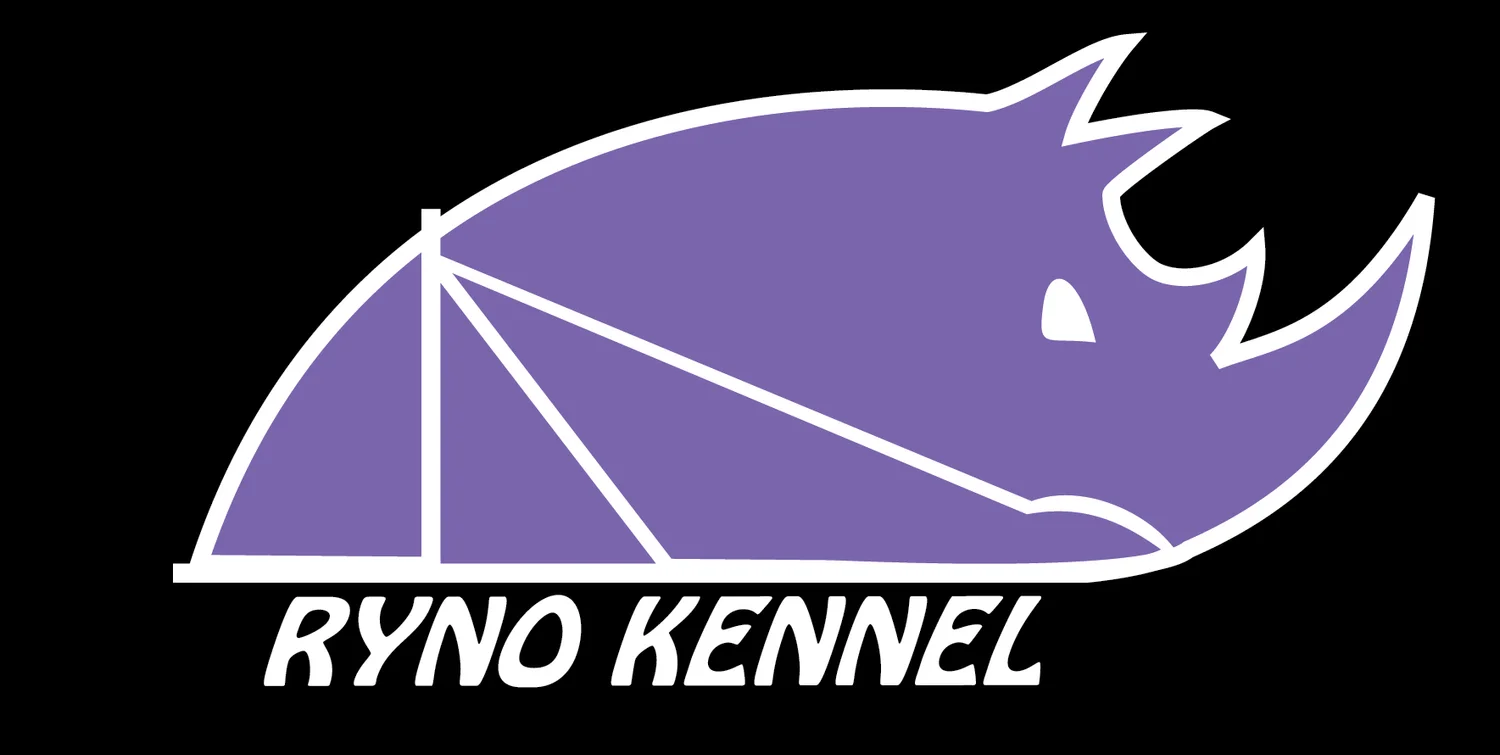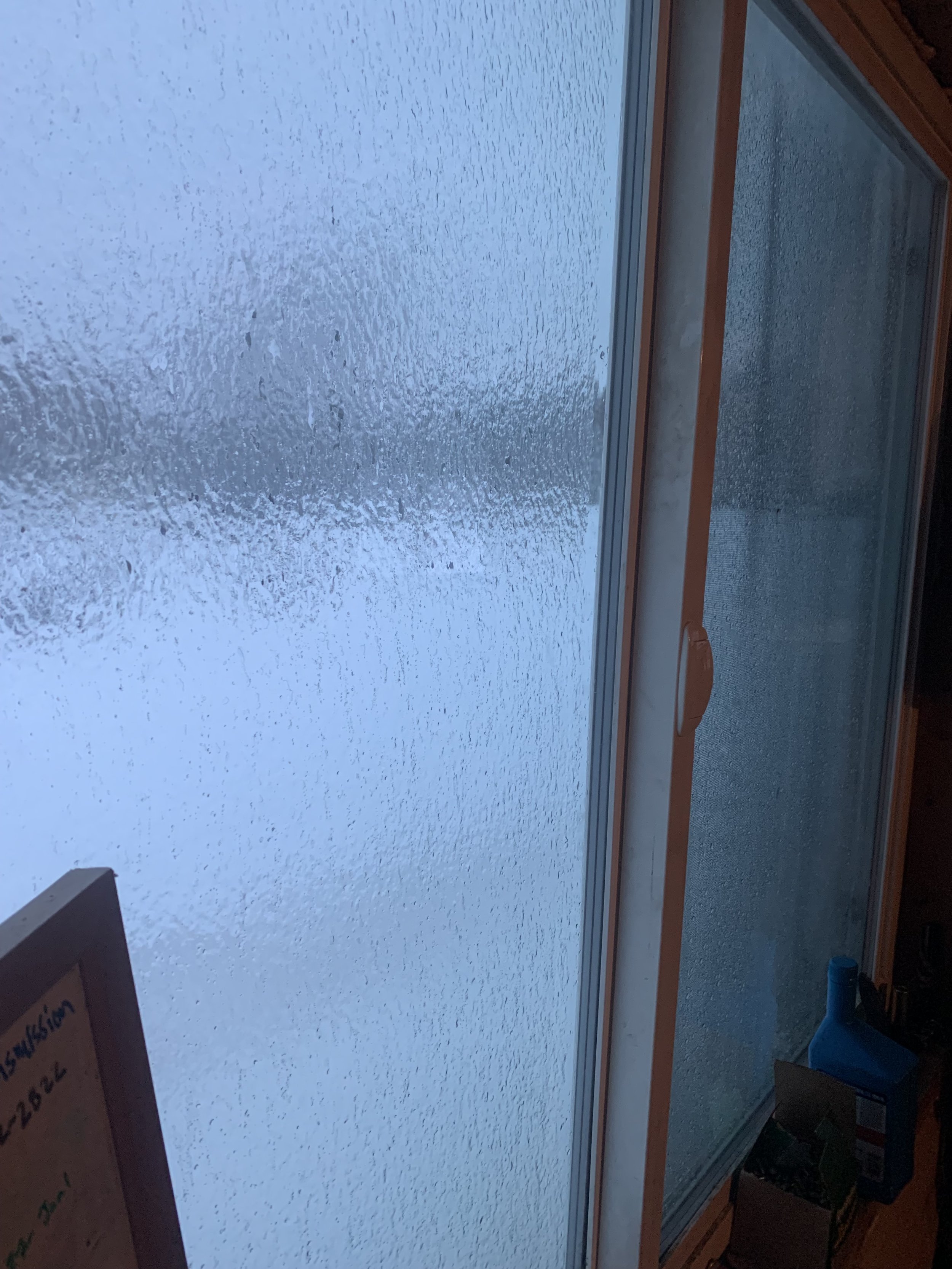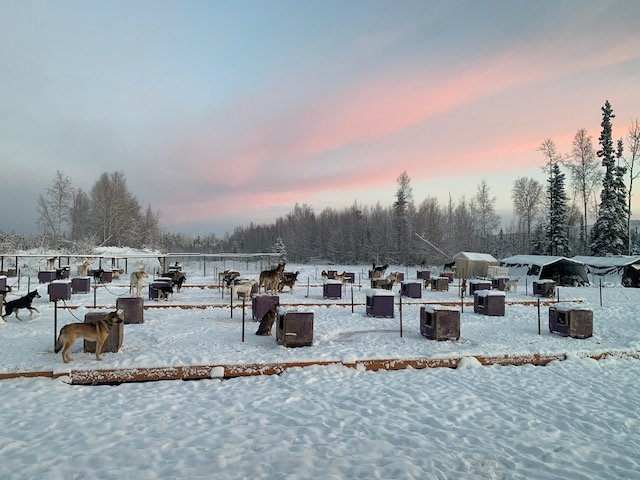Rain in December
/Rain on the window
Wooeeee! We’ve had quite the series of storms as of late. On December 26th, Fairbanks set a record for not only the wettest December day on record, but the THIRD WETTEST DAY ON RECORD ANY TIME OF THE YEAR. That’s right. We received more rain on December 26th than we ever did last summer (or most summers for that matter). The rain was sandwiched between two snow storms (one of which we’re currently in the middle), so the last several days we have been focused on digging out the roads, dog yard, reindeer pens, shoveling roofs, and unearthing items that were buried under snow then ice then more snow. Needless to say, our plow truck is earning its keep.
Just this morning, before I had my morning coffee, the cook stove ran out of propane. No big deal. I’ll step outside and grab a propane tank….hm…. I think this is the general area. Next thing I know, I’m digging through the snow bank in the dark in my long johns looking for a propane tank like some less than fun Easter egg hunt. I found four empty bottles before I manged to find a full bottle under the few feet of snow. Of course the full bottle was frozen to the ground by a layer of ice. After using up my patience and a few select words to express my frustration at the stubborn propane bottle, I woke Derek up complaining that I couldn’t get the propane to make us coffee and when did Mother Nature start raining in December in Alaska? He chivalrously popped on some bunny boots, grabbed a piece of firewood and a splitting maul, placed the firewood next to the propane bottle and smacked the firewood a few times, jolting the bottle from it’s frozen, iced puddle. It was during this crazy time that the majority of Two Rivers was without electricity and cell service, not to mention that the roads were unplowed and coated in a sheet of ice. For many homes, they had no electricity for upwards of thirty hours! A perk of living off grid is that while we did lose cell service, we still had electricity and water.
Ice skating anyone?
Since the above photo was taken, we’ve received about ten inches of snow with upwards of four more inches on the way. Perk- the snow will cover the ice. Challenge- where to put the extra snow. And it’s not even January!
Honestly, the times that I get most stressed are when I try to continue my normal routine (train dogs, give tours, etc) when the weather gets extreme. People use to live with the weather. Hunker down when it was cold or too snowy. Move about when the weather was mild. These days, our society doesn’t really work like that. We’re expected to continue life as normal regardless of the weather. Keep going to your job. Don’t miss a 50-mile training run regardless of conditions. In response to us canceling tours during the heart of the storm one guest emailed “super bummed, especially with the late notice. We made it in a Chevy Malibu. I would have thought Alaskans were hardier.” I had lots of snide and sarcastic comments I wanted to respond with, but in the end I just ignored it. We’re not supposed to live that way. Yes, we should work hard, but sometimes it’s better to listen to Mother Nature. Which I know is ironic for me to say seeing as I’m a musher, and most mushers like to laugh in the face of storms or deep cold. Some of my proudest moments are traveling through blizzards or extreme situations with a dog team. But also, I don’t want that to be the norm. The dogs don’t want that to be the norm. Anyways, this all just goes to say, we’re a little behind on normal things (training dogs, tours etc) but we’re trying our best to listen to Mother Nature. This has been one of the most challenging winters (weather wise) that I can recall in my 10 years in Two Rivers, but we’ll do the best we can. The dogs are happy. The deer are happy. I think the humans are happy. And that’s a win for the day.






































































